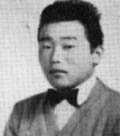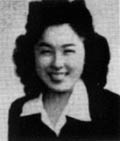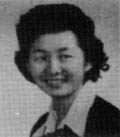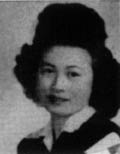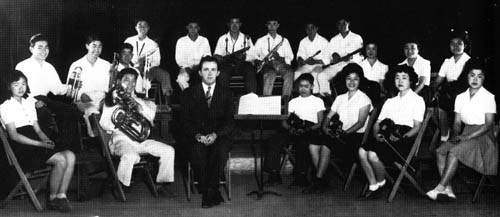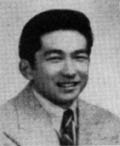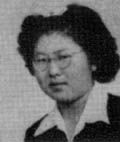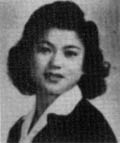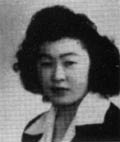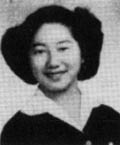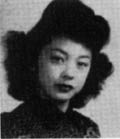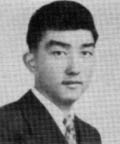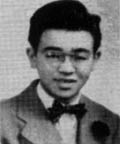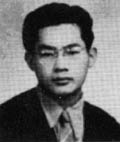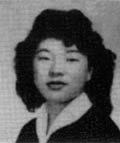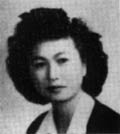High School Yearbooks for 1944 and 1945 |
|
   |
|
See USE NOTICE on Home Page. |
|
Manzanar Internment Timeline - 1942-1945
 Choral Group |
 Associated Student Body (1st Semester) |
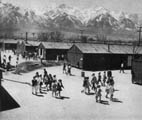
|
 Baton Girls |
 Girls League (2nd Semester) |
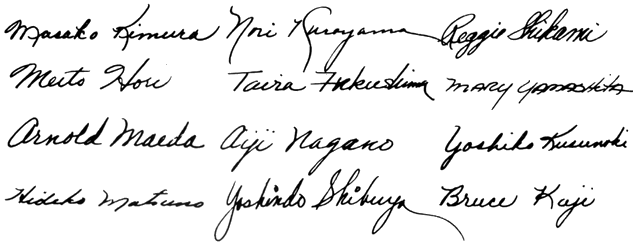
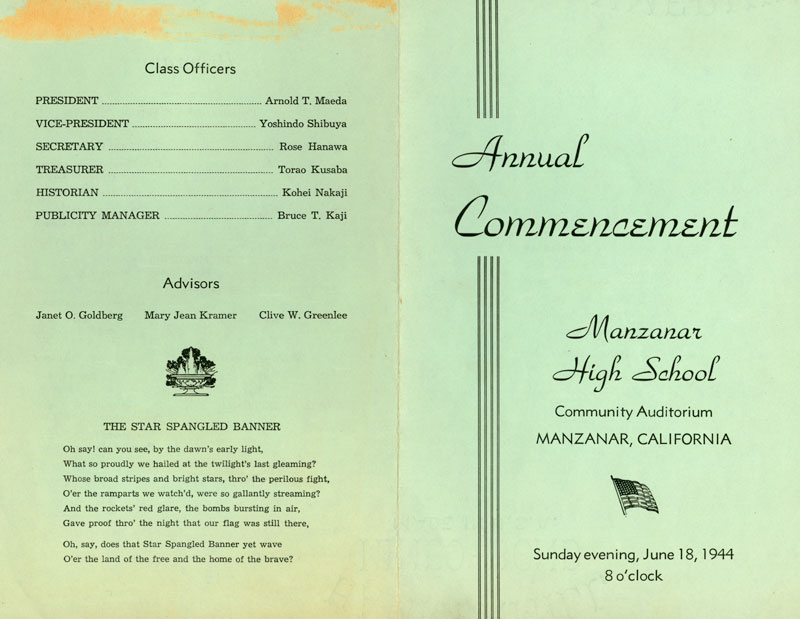
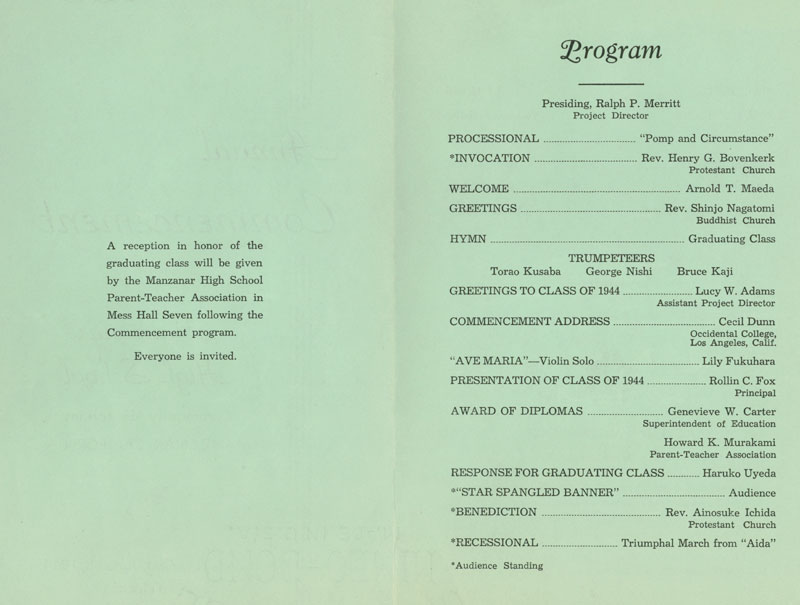
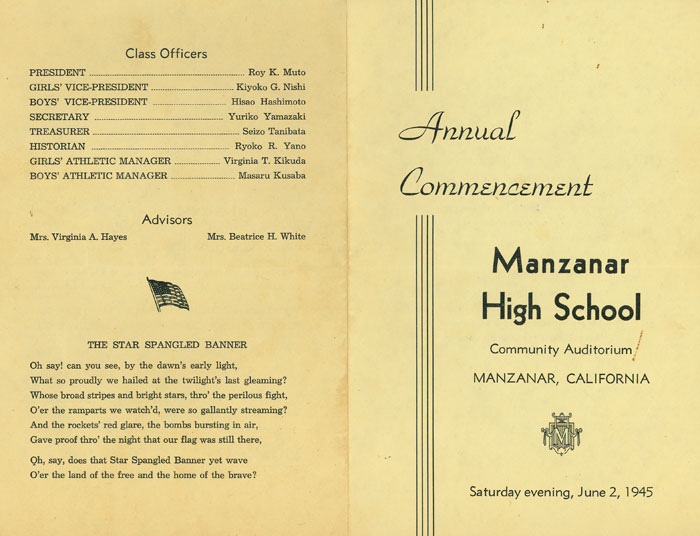
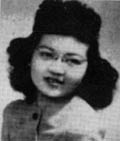 Margaret Kamimura |
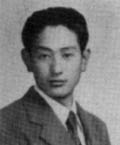 Minoru Kosaka |
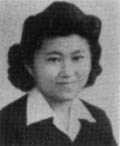 Hiroko Iriye |
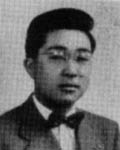 Katsuji Hazama |
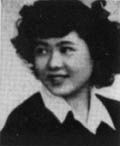 Mariko Hatae |
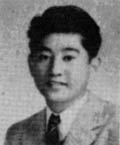 Osamu Fujii |
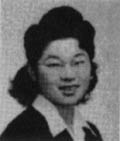 Clara Fukushima |
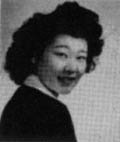 Alice Araki |
In years to come, when the war is over, and peace has returned to the world, people may say to you "What was Manzanar?" Then I hope you may say that Manzanar was a war time city that sprang up from the sands of the desert of Inyo and returned to desert with the end of the war. It was the largest city between Los Angeles and Reno. It was a city serving a war time purpose where people lived in peace and good will, where there was a school system that taught young citizens the ideals of American citizenship, where schools were of as high a rank as other California schools, and where students dedicated their future lives to the American way of living. I hop you may say that Manzanar was an experience worth living, where the important realities of life were made clear and where there was time and opportunity to prepare for participation in the work of winning the peace based on tolerance, understanding and good will. The graduates of Manzanar have a great contribution to make in determining the kind of world that is to come after the war. Ralph P. Merritt Project Director |
|||
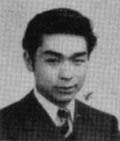 Keiji Eto |
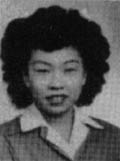 Sadaye Akemoto |
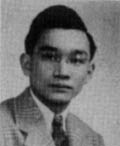 Thomas Hirabara |
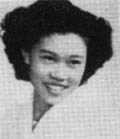 Yoshiye Okimoto |
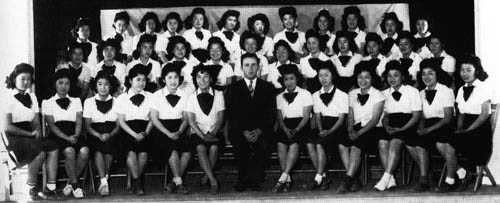
All Girls A-Capella Choir under the direction of Louis Frizzell
Manzanar Highschool Portraits
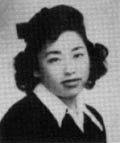 Yasuko Noda |
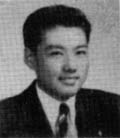 Ujinobu Niwa |
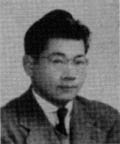 Tadao Shintani |
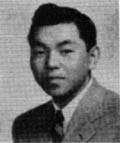 Tsugimaro Sakata |
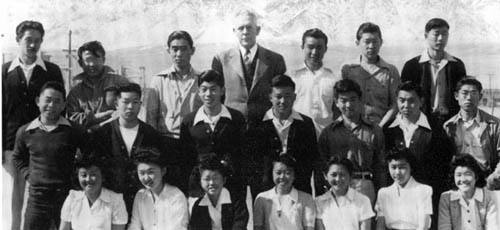 Science Club |
|||
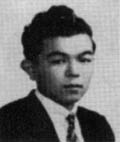 Toru Okamoto |
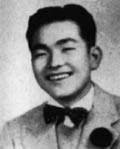 Bruce Kaji |
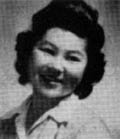 Shizuko Sakamoto |
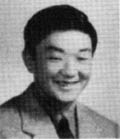 Sam Ono |
All people of Japanese ancestry living in the states of Washington, Oregon, California and Southern Arizona were excluded from certain areas designated as "military areas" and relocated first to temporary detention centers and later, to one of 10 permanent War Relocation Authority camps. They could take only what they could carry. Many lost farms, crops, businesses and many personal belongings. Most were given less than 2 weeks and as short as 48 hours to prepare for their departure. Losses incurred during this time are estimated in the billions of dollars. Beginning in march, 1942, the first Japanese Americans arrived in Manzanar. Located in the Owens Valley, it was at one time a fertile area with many apple farms. As Los Angeles grew, the water from the valley was diverted to the Los Angeles Aqueduct and as a result, the Owens Valley degenerated into a man-made desert. Over the next six months, Manzanar became home to over 10,000 people in 504 barracks. Each family was allowed a space of twenty by twenty-five feet. The rooms were furnished with army cots, straw mattresses and electricity. There were communal mess halls, laundry facilities and latrines. |
|||
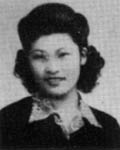 Sumiko Nakashima |
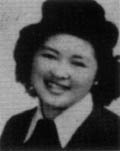 Ruth Takechi |
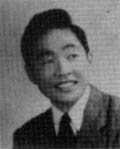 Reggie Shikami |
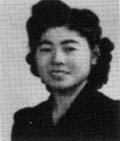 Nobuko Okumura |
Manzanar Highschool Portraits
|
Toyo Miyatake - resident Manzanar internment photographer Internment of Japanese Americans Japanese American National Museum War Relocation Camps in Arizona Photographs by Dorothy Lange Photographs by Masumi Hayashi Densho Digital Repository |
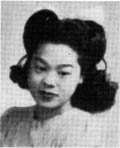 Betty Umehara |
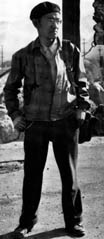 Toyo Miyatake |
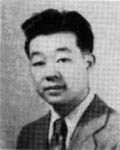 Toshiyuki Tomita |
Sign Guestbook View Old Guest Book Entries Oct 1999 - Feb 2015 (MS Word) |
 CONTACT the Pigmy Packer |
View Guestbook View Old Guest Book Entries Oct 1999 - Feb 2015 (PDF) |

